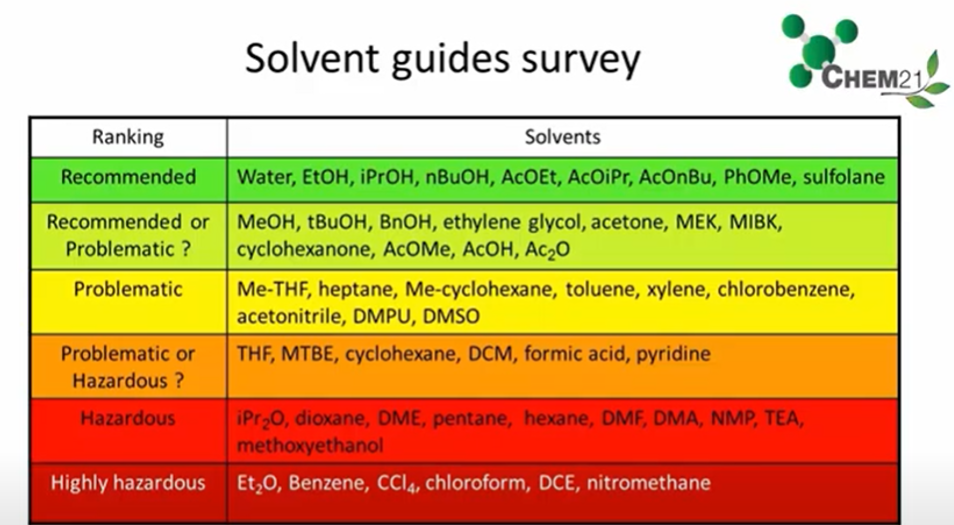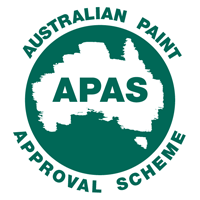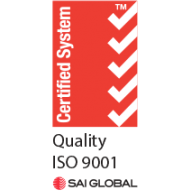The term “solvents” refers to a class of chemical compounds described by function. Solvents, which are generally in liquid form, are used to dissolve, suspend, or extract other materials, usually without chemically changing either the solvents or the other material. Importantly, solvents are also used in paint to help the paint onto the surface, and they then evaporate leaving an even film.
Working with and around solvents, it is key to keep certain points in mind, these being health, safety, and the environment. For many years, A&I have prohibited the use of carcinogenic solvents, choosing to rather utilize the safest possible course and the most environmentally friendly products. For instance, where possible, A&I use Butyl Acetate or a suitable Acetate from the Ester family. It is in the best interest of all concerned that PPE be used when working with solvents. Personal protective equipment must be appropriately selected, individually fitted and workers trained in their correct use and maintenance.
Health score
Health score measures the capability of a solvent to cause physiological harm to a person. This accounts for whether a solvent is corrosive, acutely toxic, carcinogenic, mutagenic, or reprotoxic. Where toxicological data is unavailable, substances are scored a five out of ten by default. Solvents without H3XX codes are generally considered safer, but this is only applicable if there is sufficient data available to confirm this.
Some solvents can cause mild irritation to the skin, eyes, or respiratory system. More hazardous solvents, however, will not only irritate but may also be corrosive and highly damaging to these organs. Volatile carcinogenic solvents are regarded as some of the most hazardous, such as benzene and 1,2-dichloroethane which are scored the maximum of ten. The least harmful solvents are those which have a boiling point above 85 °C and have no H3XX health hazard statements.
Safety score
The safety score measures the capability of a solvent to cause physical harm to a person, determined by flash point—the temperature at which an organic compound produces enough vapour to ignite—and GHS Hazard Codes (H Codes), as well as some additional considerations.
The most harmful solvents will have a flash point lower than -20°C and Hazard Codes H224 (extremely flammable liquid and vapour), H225 (highly flammable liquid and vapour), or H226 (flammable liquid and vapour). Additional potential for harm is quantified by an autoignition temperature of less than 200°C, an ability to accumulate electrical charge (resistivity of greater than 108 Ω m), or the ability to form explosive peroxides (EUH019).
The least harmful solvents will have a flash point greater than 60°C, no H Codes relating to flammability, low resistivity, and a high autoignition temperature.
Environmental score
This assessment accounts for the potential of environmental harm. Ideally this would include lifecycle analyses of solvent origins, use and re-use, and end-of-life disposal. But a complete picture for all 50 solvents is still limited. Quantifying acute toxicity towards aquatic life, bioaccumulation, the ability to generate volatile organic compounds (VOC), and CO2 emissions impact can all assist in assessing environmental impacts of chemicals
Of the large available quantities of solvents available to the market, A & I Coatings have 5 families in use in the manufacture of our quality Australian made paints. These are displayed in the table below which also shows critical key features of the solvent.
| Family/Solvent | Kg/L | Exposure Limit PPM | Evaporation Rate | Boiling Point | Flash Point (Degrees) | |
| Aromatic | ||||||
| Toluene | 0.862 | 50 | 2 | 110 | 7.2 | |
| Xylene | 0.862 | 80 | 0.6 | 138 | 27.2 | |
| A-100 | 0.815 | 75 | 0.2 | 155 | 40.5 | |
| Alcohols | ||||||
| Ethanol | 0.79 | 1000 | 2.8 | 77.2 | 12.7 | |
| Isopropanol | 0.79 | 400 | 2.1 | 80 | 17.2 | |
| Esters | ||||||
| Ethyl Acetate | 0.875 | 200 | 5.5 | 75.5 | -4.4 | |
| n-Butyl Acetate | 0.886 | 150 | 1 | 120 | 27.2 | |
| PGMMEA | 0.958 | 150 | 0.34 | 140 | 6.1 | |
| EEP | 0.946 | 998 | 0.12 | 165 | 57.7 | |
| Ketones | ||||||
| Acetone | 0.787 | 500 | 11.6 | 55.5 | -20 | |
| MEK | 0.803 | 150 | 5.8 | 78.3 | -4.4 | |
| MIBK | 0.803 | 50 | 1.6 | 113.8 | 15.5 | |
| Cylohexanone | 0.946 | 25 | 0.23 | 153.8 | 43.8 | |
| Miscellaneous | ||||||
| Water | 1@ 4°C | N/A | 0.36 | 100 | N/A | |
Solvents are vital in many industrial processes, especially in chemical synthesis and manufacturing, and finding the right solvent for the job can often be a task in itself— having to consider many variables including the impact on human health, environmental safety, synthesis quality, industrial constraints, and cost. However, as we learn more about the life-long effects of chemicals, choosing the safest solvents for your workplace becomes more important than ever.
The following resources provide information about occupational exposure to organic solvents. https://www.cdc.gov/niosh/topics/organsolv/

Want to know more. Contact Us





